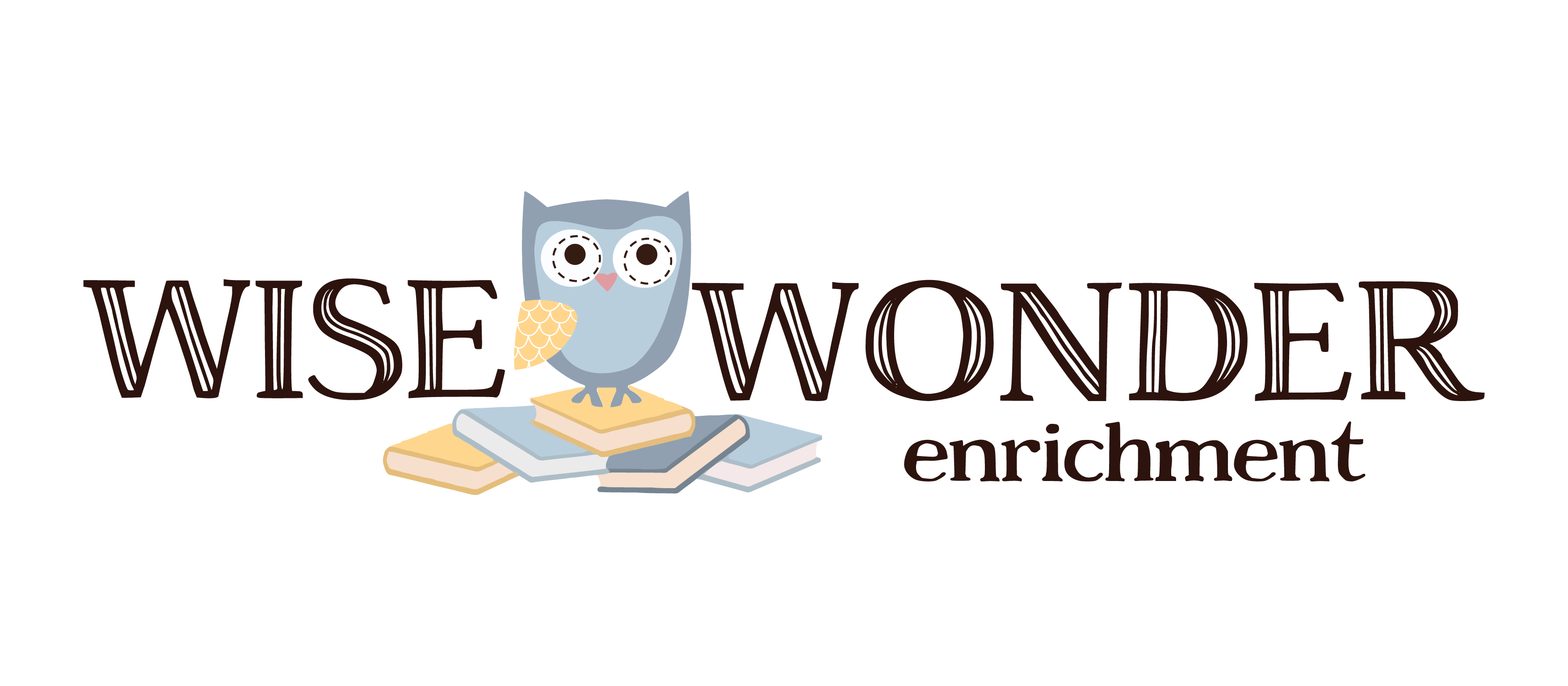One of our favorite things about reading is the act of discussion.
It’s easy enough to just stop at the text — to take it for what it is and go no further. Plenty of stories are intended to be read this way, for entertainment and nothing more. But these days, more and more children’s books are being released that have a much deeper meaning. They teach lessons and require little ones to think more deeply — to ask and be asked questions.
We begin this process with our Kinder Hoots through story mapping. Story mapping opens up students to the very barebones of understanding story structure: separating the beginning, middle, and end of a story. This assists with comprehension and opens the door for more in-depth reading, but is just the beginning. Our Wise Owls tier, open to children from kindergarten through second grade, delves into reading comprehension a bit more and requires children to see not just the big picture, but the parts of the whole as well.
However, incorporating reading comprehension activities is easier said than done. It isn’t a quick snap of the fingers, and requires attention and care to ensure each student is taking in each piece of a story completely. But what are some ways to see that this is taking place?

Start with pre, during, and post reading.
It’s a simple practice that we begin with our Lil Hoots and continue throughout each tier of learning. Introduce the story, discuss between pages, and ask questions when you have finished reading. Our Wise Owls are reading independently, so this exercise is even more important. We begin our reading with a writing prompt, asking our students to write (using phonetic spelling) what they think might happen in the book just based on the title and cover. While reading, we stop intermittently to see what they’re thinking and feeling about the story. And at the end, we follow up with questions about the book overall. These questions can be very basic — did you like the story? What was your favorite part? Who was your favorite character? Was there anything you didn’t understand? This invites students to think about the many pieces and to fit them together in their own way.
Summarize, summarize, summarize.
As children begin reading independently, they often are unable to gather independent thoughts to discuss the thing as a whole. They have been exposed to tactics that ask for pieces, but are unable to find the main ideas present in a book. When children learn to summarize, they are more likely to remember the overall plot of a story, which helps with not only comprehension but the ability to be concise in discussion. When reading a story to or with your children, discuss what the story was about — the theme, the message, what the author wants you to take away from it. As you guide them through this process, they will begin to see these elements on their own when reading independently.
Incorporate organizational supplements.
After we use our story maps with our Kinder Hoots, our Wise Owls graduate to graphic organizers. Graphic organizers allow for more specific components of a story — not just the beginning, middle, and end of the whole, but the beginning, middle, and end of each section. These also ask for detailed accounts of the characters (what did they look like? How did they all relate to each other?), the setting (how would you describe the atmosphere? What did the characters see there?), and more. Graphic organizers also allow children to learn to write well-organized summaries of the text, with layouts that are not stagnant but visually engaging through the use of venn diagrams, charts, or webs.
Wise Wonder Enrichment’s Wise Owls classes are offered to children currently enrolled in kindergarten, first grade, and second grade. It is an excellent supplement to a child’s educational journey, and allows them to become a more confident reader and writer in a more intimate learning environment. Developing comprehension abilities is just one of the aspects we focus on at this level. Interested in learning more? Check out our website and inquire within!
Happy Reading!

